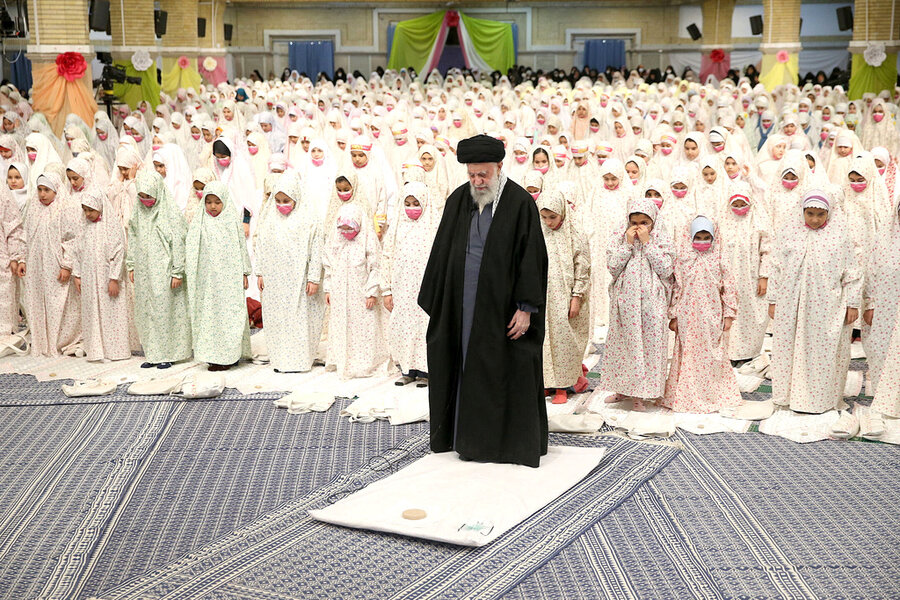In Iran, girls just want to have joy
Loading...
With its rich history of cultural expressions, Iran is not poor in creating new forms of dissent. One of the latest is girls roller-skating through the streets of Tehran without wearing the mandatory head covering, or hijab. Videos of these hair-in-the-wind skaters have been shared widely on social media. One in particular contains this description: “We’re injecting joy into society, sir.”
Another new type of microdemonstration is girls dancing in public to songs by ABBA or to street musicians. Compared with the mass street protests against laws that constrain Iranian women, the hair-swaying movements of the girls affirm a different freedom through action.
From Rumi’s poetry to classic Iranian art to wedding feasts, “joy is a part of our culture,” writes Tara Grammy, an Iranian Canadian, in Harper’s Bazaar. “Fear is the agent used by the regime to control the masses,” she adds, but maintaining joy has been a means of survival for Iranians.
The Persian word for demonstration, tazahorat, means “to show what is true.” By being the change they seek, young women in Iran may be shifting the way they challenge an Islamic regime that sees enforcement of hijab as essential to its existence. “I am telling you that the removal of the hijab will definitely come to an end,” said President Ebrahim Raisi in August.
In recent weeks, the regime has stepped up enforcement of hijab-wearing for women, in anticipation of renewed mass protests for a key anniversary. On Sept. 16 a year ago, a young woman named Mahsa Amini died in police custody after being detained for wearing a hijab “improperly,” sparking months of protests.
After more than 500 killings and at least 20,000 arrests, the protests have been largely suppressed. Now Iranians are exploring positive ways to display what they want. The regime knows that the number of women who practice civil disobedience every day has increased, says Masih Alinejad, an Iranian American journalist. People across Iran will celebrate a revolution ignited by the killing of Ms. Amini. “Maybe you don’t see people in the streets, but revolutions have different phases,” Ms. Alinejad says.
For now, one phase may be girls dipping in Iran’s deep culture of joy.







